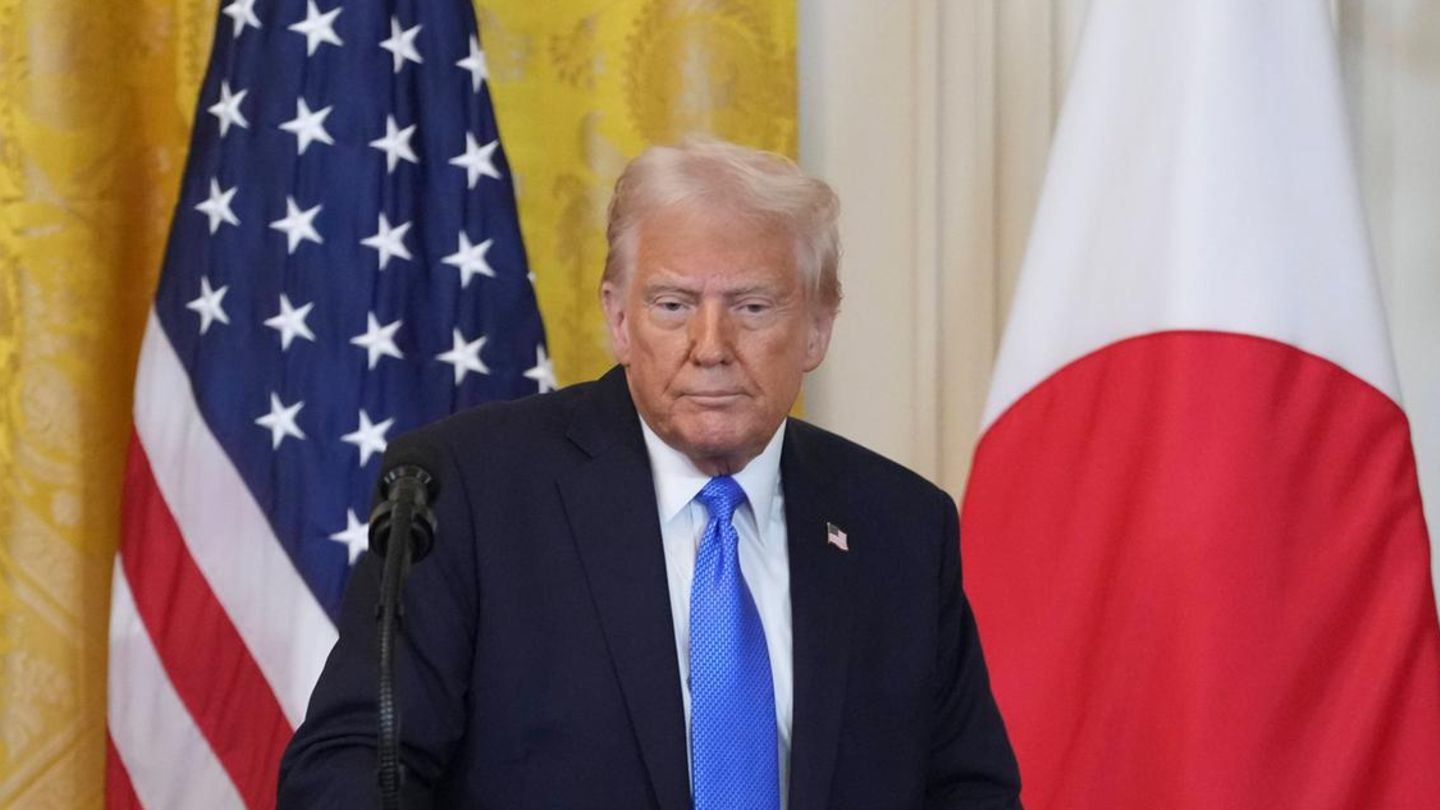The import payments of goods in February totaled US$1,688 million, 55% below the same month of the previous year. The value was located behind the imports of FOB goods in February, of which were about US$3.9 billion, which would indicate an increase in the commercial debt or a decrease in external assets.
The data belongs to the latest report from the Central Bank, “Evolution of the Exchange Market and Exchange Balance” which indicates that the Government stepped on imports for another month and that the debt of the sector increased US$2,362 million in the monthaccording to data that also highlights a recent work by the consulting firm 1816.
From the official document itself it is also clear that, of the total payments for imports of goods observed in February, 94% were done deferred, 4% in advance and the remaining 2% as demand payments corroborating the previous statement, which implies that the Ministry of Economy is rolling over the importers’ debt.
improtaciones.PNG
Imports: sharp falls in key sectors
He INDEC, in turn, released the foreign trade data for the month of February, which shows the sharp drop in imports. At the aggregate level, they contracted 18.6% in the month and so far this year, 16.3%. The SME sectors that access basic inputs for its production, With the fall in domestic demand, they are the most affected.
In this period, strong declines were noted in the following areas:
- Gasoil
- Gasoline, excluding aviation
- Vaccines for use in human medicine, dosed and packaged, for retail sale.
- Electric power. In fact, a significant fact is that purchases of electrical energy, which came from Paraguay, Brazil, Chile, Uruguay and Bolivia, fell by 55.3%
Increases were only recorded in purchases of soybeans, wind energy generator sets, and automobile vehicles.
The Central Bank also stated that the highest percentage of payments for imports of goods in the month of February corresponded to the “Chemical, Rubber and Plastic Industry” sector, followed by payments from the “Energy” and “Oilseeds and Cereals” sectors with the 16% and 14% of total import payments for the month, respectively.
The import payments of practically all sectors during the month of February showed a year-on-year drop, with the exception of “Oilseeds and Cereals” which registered an increase of 114%, not coincidentally one of the sectors that generates the greatest accumulation of foreign currency, a essential factor to get out of the exchange trap.
Importer debt: a warning sign
Another conclusion that the official report allows us to observe also takes into account that the importers debt finally It was not resolved with the Bopreales.
“In macroeconomic terms, the fact that importers’ debt has increased by US$9,402 million in the first 3 months of Milei means two things at the same time: 1) that the placement of Bopreal – US$7,981 million including Series 1 ,2 and 3- the commercial debt inherited by Alberto Fernández was not resolved until now, but rather the one created under the new government (in micro terms, there was a resolution on the liabilities taken on in the Alberto Fernández era because those who could subscribe to the Bopreales were the “ old importers” and 2) that the BCRA purchases in the MULC since the change of mandate were leveraged foreign currency purchases: the BCRA accumulated $8.5 billion between December 10 and the end of February,” 1816 explained.
In this sense, he concluded: “Today the debt of importers net of what is issued by Bopreal is very similar to what it existed before the end of AF’s mandate.”
Some sources consulted by Ambit of the sector affirmed that the Central Bank report generated surprise.
Imports: the role played by the recession
Another point made by importers is the role that recession plays into this official strategy. And it is, in practical terms, that given the fall in internal demand that is being observed in the economy, you need fewer imports and therefore fewer dollars, a fact that is no less important when the detail of how the goal was reached is observed. trade surplus. This scheme could only be maintained temporarily, which generates a warning signal for the future.
Federico Vacarezzaeconomist and foreign trade expert in consultation with Ambit stated that although the debt stock grew by almost US$9,000 million, “Access to the MULC also became more predictable under the current management.”
“The Government knows that, with an increase in exports and a decrease in imports as in February was a consequence of the decrease in domestic demand. It once again has a surplus balance that takes pressure off the dollar.”
Gastón Méndez Crespi, Director of the International Trade Program at the UADE added that what is sought is to “hit rock bottom” “and from there begin to grow in a healthier way, where there is a fiscal and commercial surplus and for the economy to grow robustly by supplying of their own means.”
“As for risk, The problem is if you “overdo it” and then you can’t turn around. Enter a recessive cycle. Even more so if the government is not in favor of state intervention (which is what many governments do when the economy systematically does not improve), ”he added.
“This is supposed to be a temporary solution, but not a fundamental one. It serves to alleviate the debt burden and lack of access to dollars in the short term (especially for smaller companies, which cannot be leveraged with resources from their homes). matrices on the outside), but It is difficult to perceive it as a long-term solution”he concluded.
Source: Ambito




